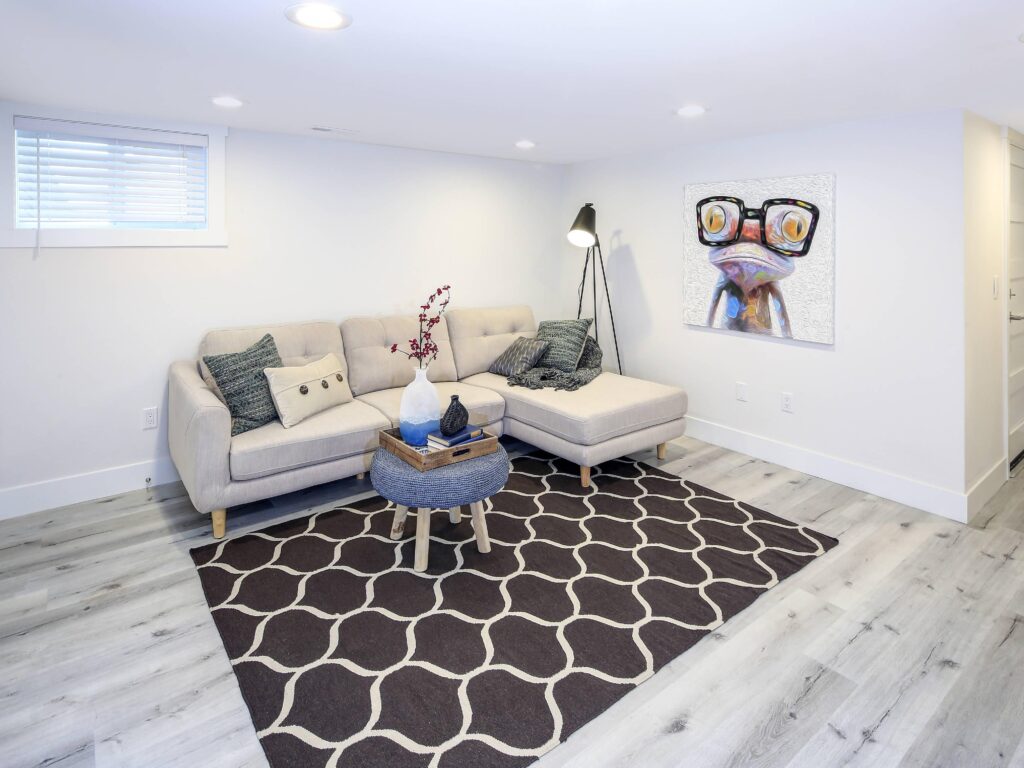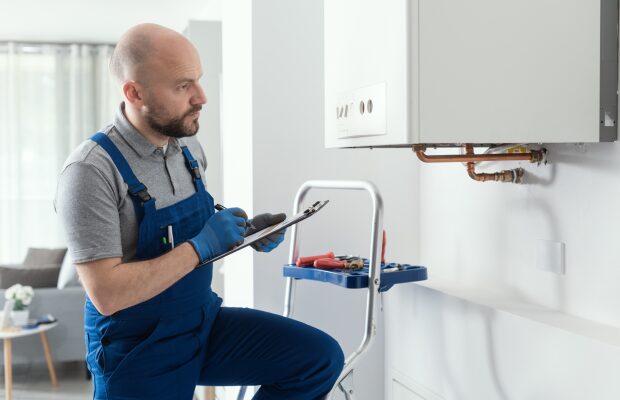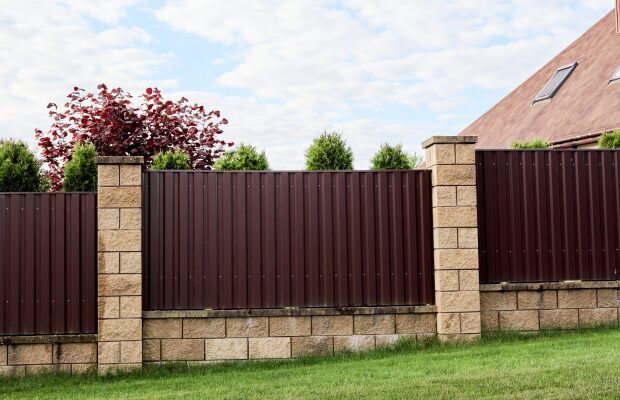Basement flats, or garden flats as they’re sometimes known, are often greeted by buyers and renters with the words ‘no thank you’.
But given basement flats are usually far cheaper than flats on upper floors, are buyers, renters and landlords missing a trick?
Let’s look at the pros and cons of basement flats and tackle one of the biggest issues that can sometimes put people off them – damp.
Basement flats: Pros and cons
As with any property, basement flats come with a list of pros and cons.
You might be asking yourself: ‘Should I buy a basement flat’?
The answer to that question really depends on what you’re looking for from a property and how much you have to spend.
The pros of basement flats
- You don’t have to worry about too many flights of stairs, meaning basement flats are ideal if you have a young child or if you have mobility issues
- Many basement flats come with a garden, or at the very least, easy access to a communal outdoor space
- You’ll never have direct problems from a leaking roof
- Basement flats are usually less popular than upper floor properties, meaning they’re often cheaper to buy and rent
The cons of basement flats
- Noise from neighbours upstairs can sometimes be an issue
- Ground floor and basement flats can be more susceptible to burglaries
- Basement flats are often darker than upper floor homes
- There can be less privacy in a lower floor flat
- Basement properties are sometimes affected by damp
Basement flat conversions
Basements are often under-used and under-valued spaces.
But if you have one, you could be missing out on a real financial opportunity.
While many basement conversions are completed to create an additional living space as part of a family home, it’s also possible to create a self-contained basement flat to rent out.
There are lots of things to consider, however, before taking on work such as a basement conversion:
- You’ll almost certainly need planning permission and will definitely need building regulations approval
- You’ll need to think about whether the flat has its own entrance and where this will be, or whether the main entrance to your home will be used
- You will need to consider utility supplies like gas, sewerage and electricity and how these will be factored into any work
- If your property is in a conservation area or it’s a listed building, creating a basement flat will be more complex and you will need permission from the local authority
- You’ll also need to think about the costs involved and whether undertaking such detailed work will add value
- Finally, is there a demand for flats like this in your area?
Basement flat damp: What you can do about it
As basements are below ground level, they can be more susceptible to damp problems.
Most basement damp issues are caused by excess ground water, which can seep through and wet the walls of a basement flat.
The first tell-tell sign of a basement flat damp problem is a musty smell, but wallpaper can also peel off and damp patches can appear on walls alongside mould growth.
Firstly, it’s important to diagnose the cause, which if serious, will require experts in damp proofing to fix.
Any leaks from pipes or guttering that could be causing damp should be fixed and pipes should be insulated to halt condensation drips.
Ventilation can be problematic in basement flats, so install air vents where possible and keep humidity from appliances to a minimum.
Finally, a dehumidifier can help control levels of moisture in basement flats, helping to dry out any areas affected by damp.
Further reading…
If you’re thinking of buying your first property and considering a basement flat, take a look at our guide to deposit options for first-time buyers.
Then, when you’re ready to start viewings, run through these important questions to ask when buying a property for the first time.







